There are some variations between this definition and the crawl budget. The gateway cap determines the amount of simultaneous links that Googlebot uses to gateway sites and the time it takes to retrieve another page. Please notice that Google emphasizes on user interface. As a consequence, the Googlebot uses the crawl rate cap. This cap prohibits pages from being overwhelmed by virtual agents to the degree that human users find it impossible to load a webpage on their web browsers.
Some factors will affect the crawl rate. Some of them include:
Website speed – If websites react quickly to Googlebot, then Google will increase the gateway rate. Google would then lower the crawl limit for other slower websites.
Settings in the Search Console – The Site Developer or Architect may set gateways in the Search Console. If a webmaster thinks that Google is crawling over on their server, they might decrease the crawl rate, but they can’t increase it..
Notice that a healthier crawl rate can get pages indexed quicker, but a higher crawl rate is not a ranking factor.
The Crawl demand: The crawl rate cap will not be surpassed, but there will also be a drop in Google activity if there is no need for indexing. This decline in the operation of the Googlebot is considered a decrease in the market for crawling. The two considerations that greatly influence the market for the crawl rate are as follows:
Popularity: URLs that are common on the Internet also crawl to keep them fresh in the Google Index.
Staleness: Google programs typically aim to avoid URLs from stalling in their index.
In addition, site-wide events, such as site transfers, can cause an increase in the demand for crawling. This occurs as the content of the site is reindexed in the latest URLs.
